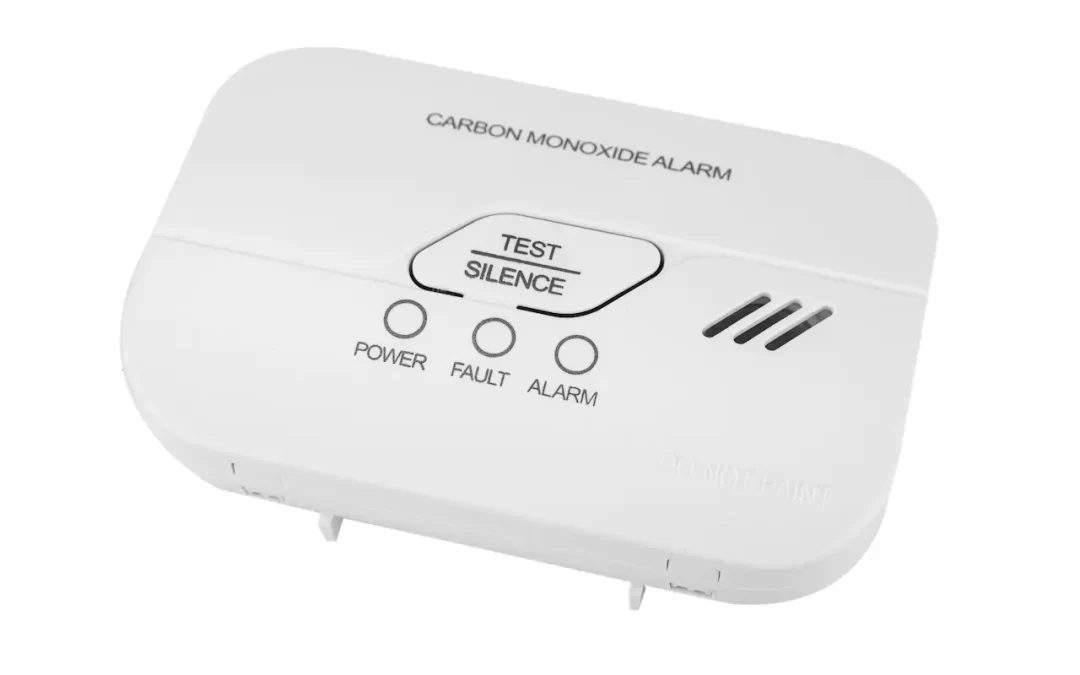As a homeowner, prioritize safety to create a secure and comfortable environment for your family. One threat to the well-being of your household is carbon monoxide (CO). Especially during the colder months, when the house is sealed, CO gas can accumulate. Let’s discuss the dangers of carbon monoxide in the home and look at practical steps to prevent CO poisoning.
Understanding the Danger of Carbon Monoxide
Carbon monoxide is a toxic gas that is a byproduct of the incomplete burning of fossil fuels, including natural gas, oil, and wood. Gas furnaces, stoves, water heaters, and fireplaces may produce it. When these appliances malfunction, aren’t adequately ventilated, or are damaged, they can release carbon monoxide into your home.
CO binds to the hemoglobin in your red blood cells more effectively than oxygen, leading to carbon monoxide poisoning. Symptoms can range from headaches and dizziness to nausea, confusion, and, in severe cases, death. Diagnosing can be challenging because these symptoms mimic other common illnesses, making it difficult to confirm carbon monoxide exposure without a CO detector.
Preventing Carbon Monoxide in the Home
Install Carbon Monoxide Detectors in the Home
Installing carbon monoxide detectors is the most effective way to protect your family. Place them near sleeping areas and on each level of your home. Test the devices regularly and replace the batteries annually to ensure they function properly in case of a leak.
Annual Appliance Inspections
Have a professional inspect and maintain your fuel-burning appliances, including furnaces, stoves, water heaters, and fireplaces. A trained technician will detect and repair issues to help your appliances operate safely and efficiently.
Proper Ventilation to Release CO
Vent all fuel-burning appliances to the outdoors. Blocked or damaged vents can lead to a buildup of carbon monoxide in your home. Regularly verify vents are clear and working as intended to maintain good indoor air quality.
Use Generators Outside
Never run a gasoline or diesel-powered generator indoors or in an enclosed space like a garage or covered porch. Always operate these devices in a well-ventilated outdoor area to prevent CO buildup.
Don’t Warm Your Car Inside
Warming your car in the garage on a cold morning might be tempting, but this can lead to CO poisoning. Start your vehicle outdoors in an area with plenty of airflow, and never leave it running inside a closed garage.
Chimney and Fireplace Maintenance
If you have a wood-burning fireplace, make sure it’s adequately maintained, and your chimney is clear of debris. Test the damper to make sure it works properly. Open a window to create a draft to carry CO and other gases safely out of your home.
Carbon monoxide is a threat to take seriously. Prevent CO poisoning by installing detectors, scheduling annual inspections, and practicing safety when using fuel-burning appliances and generators. By following these steps, you ensure the safety and well-being of your loved ones and maintain a secure home environment.
Anderson Home Inspections offers inspections to homebuyers and sellers in Central Ohio. Contact us to schedule our services.

